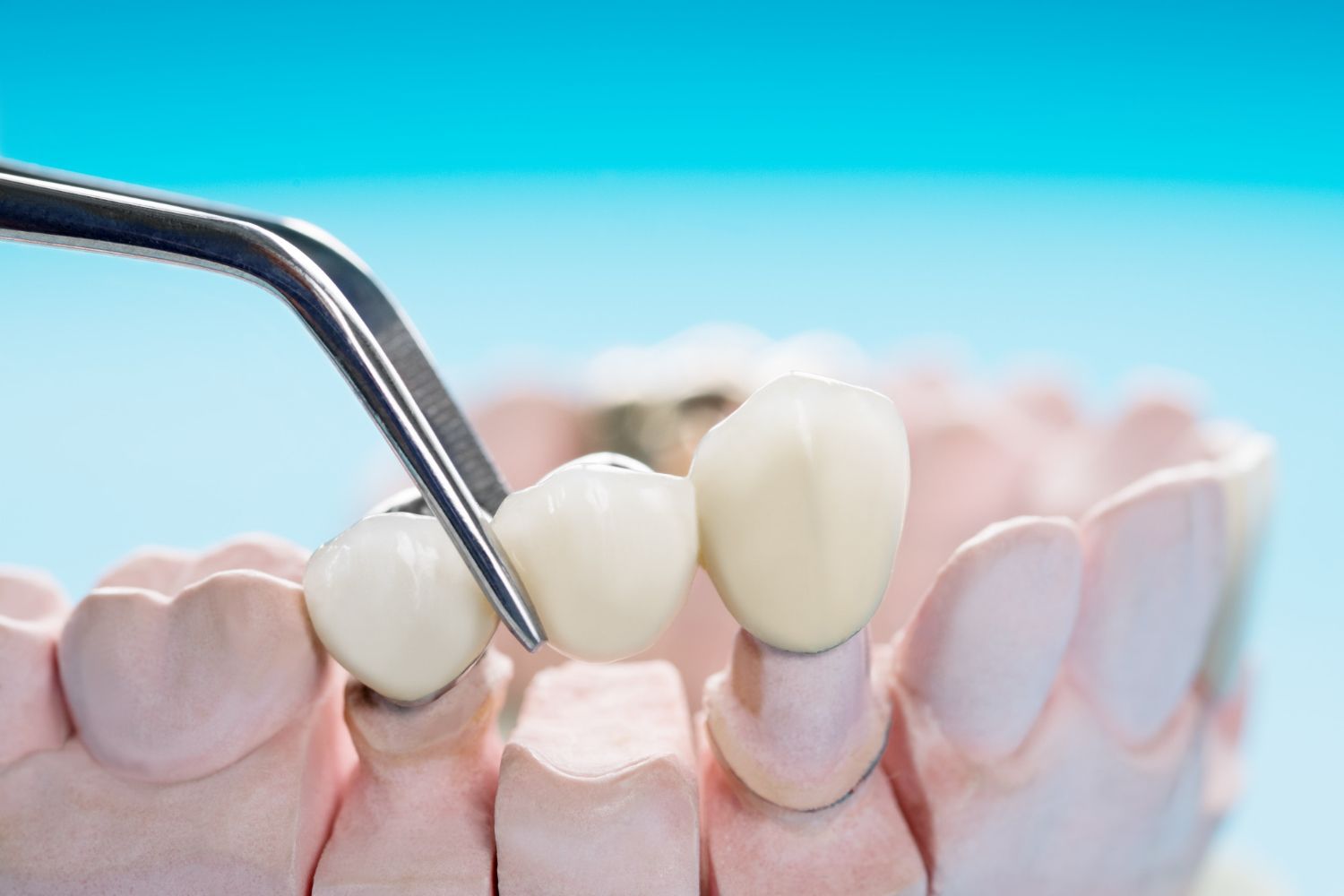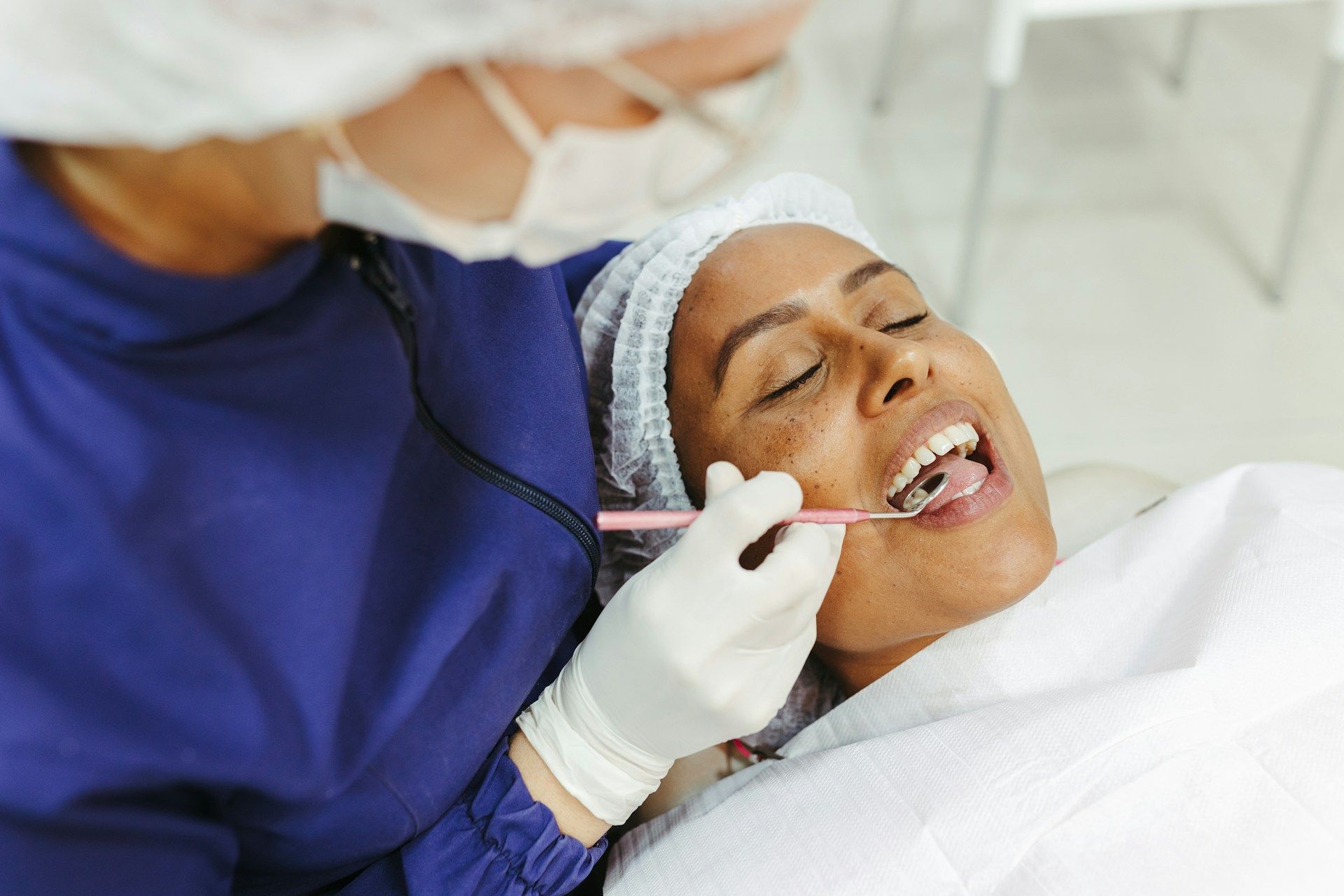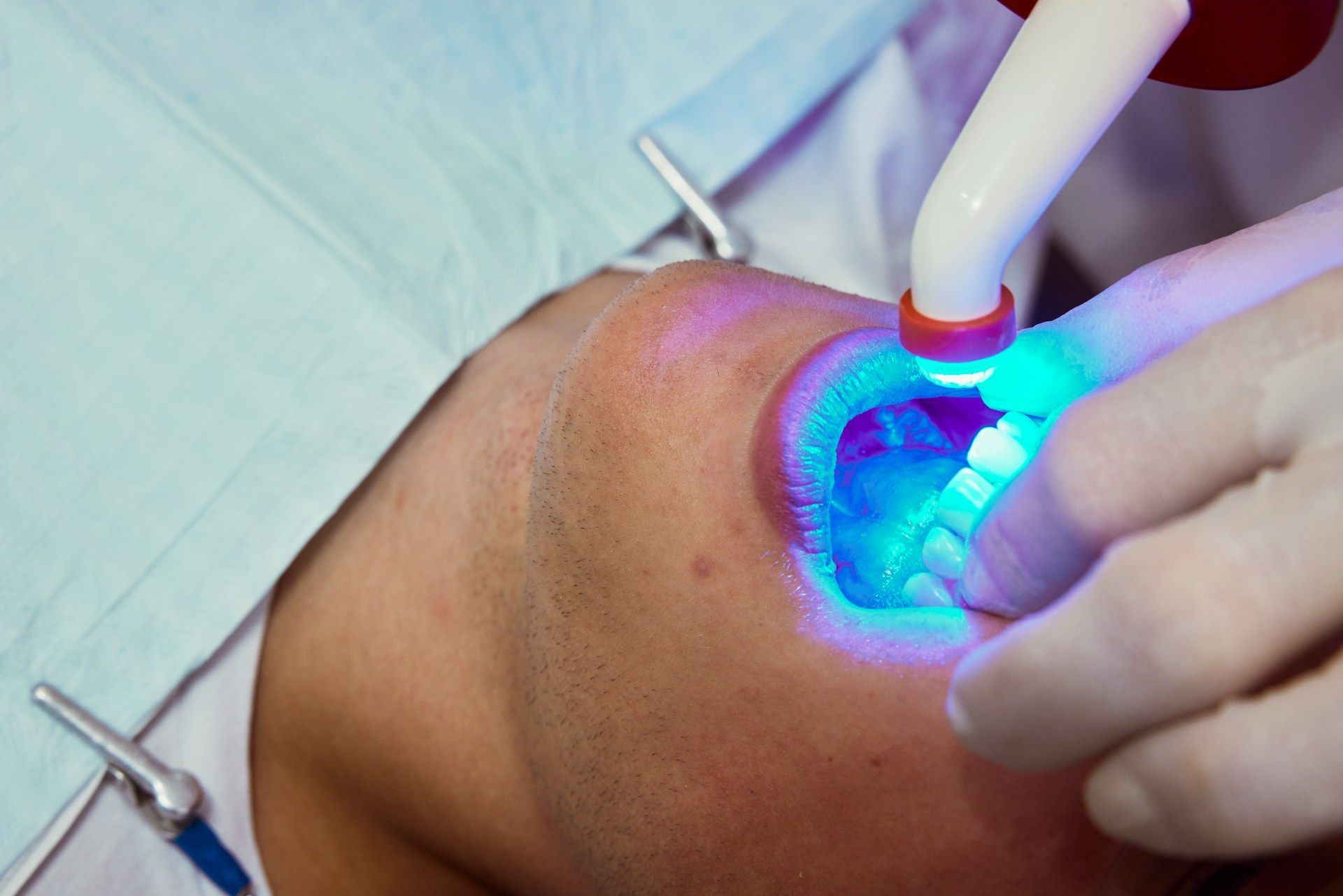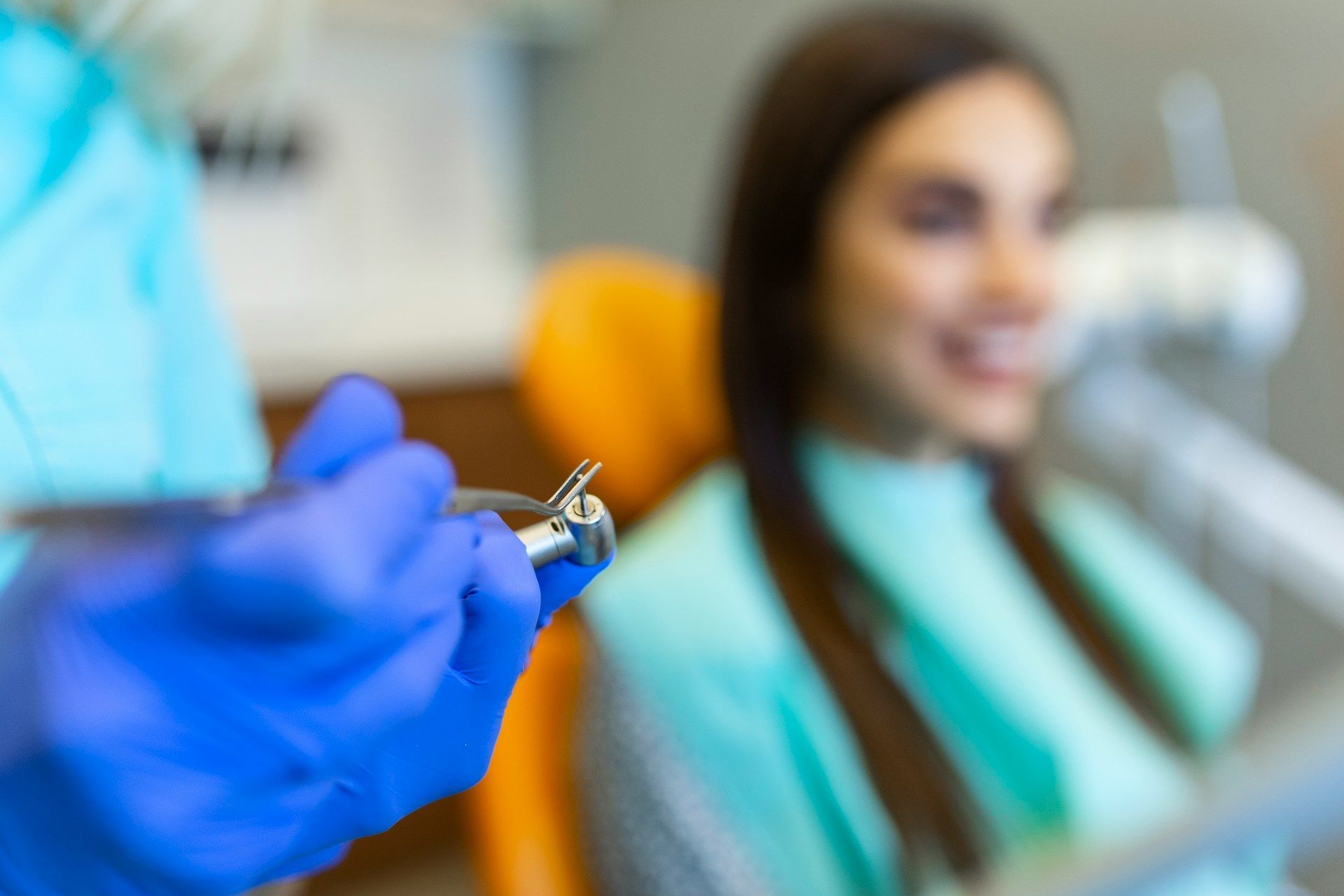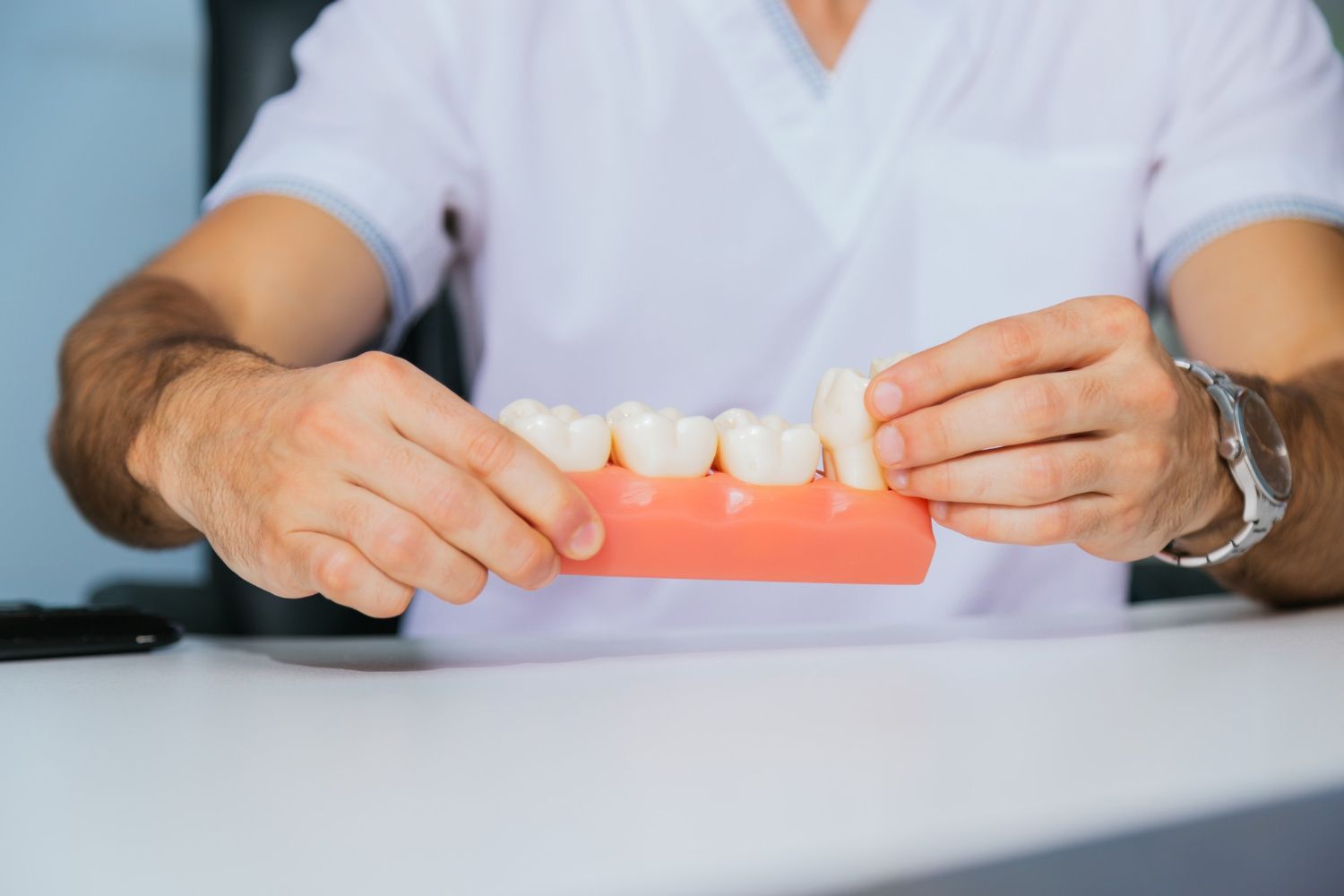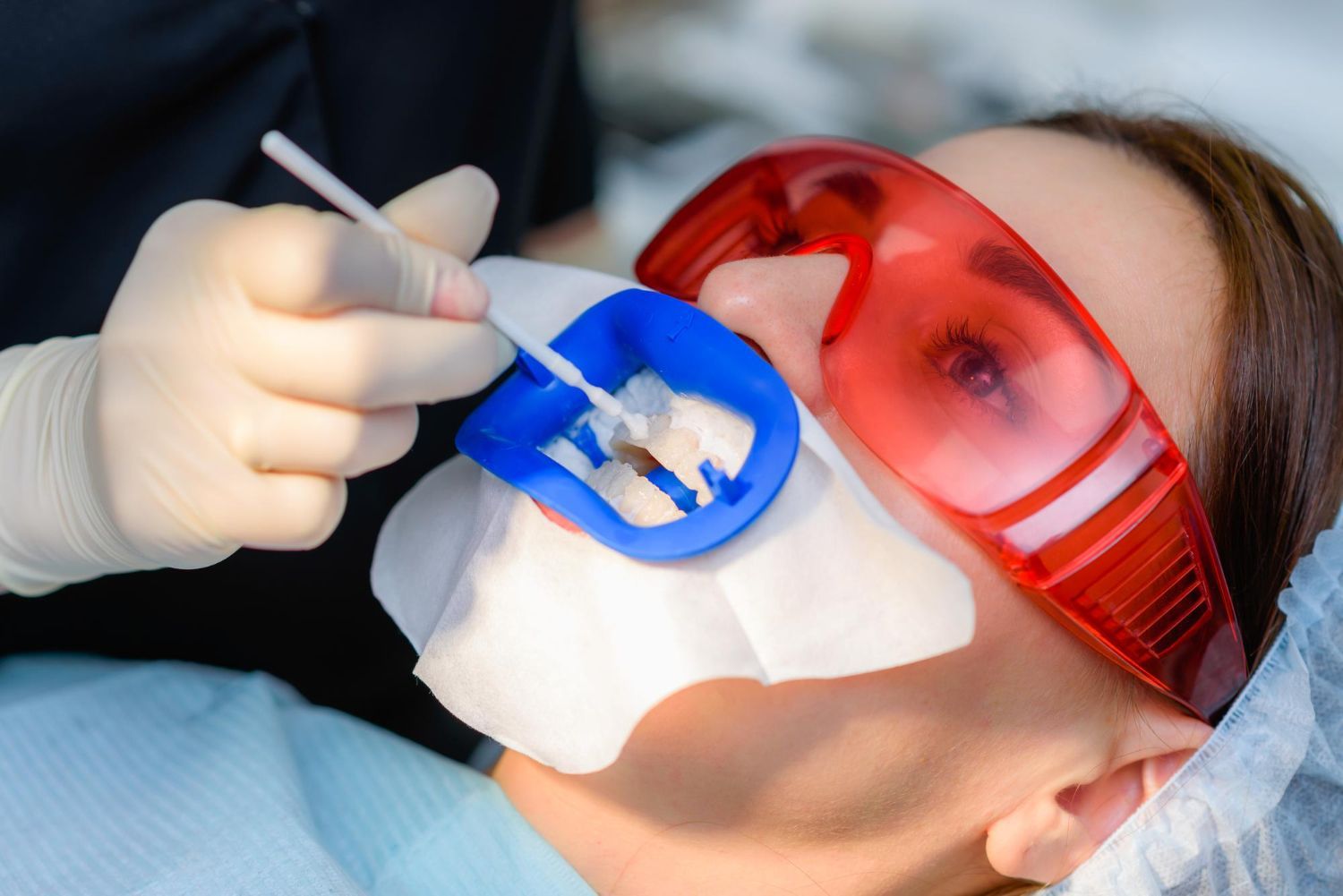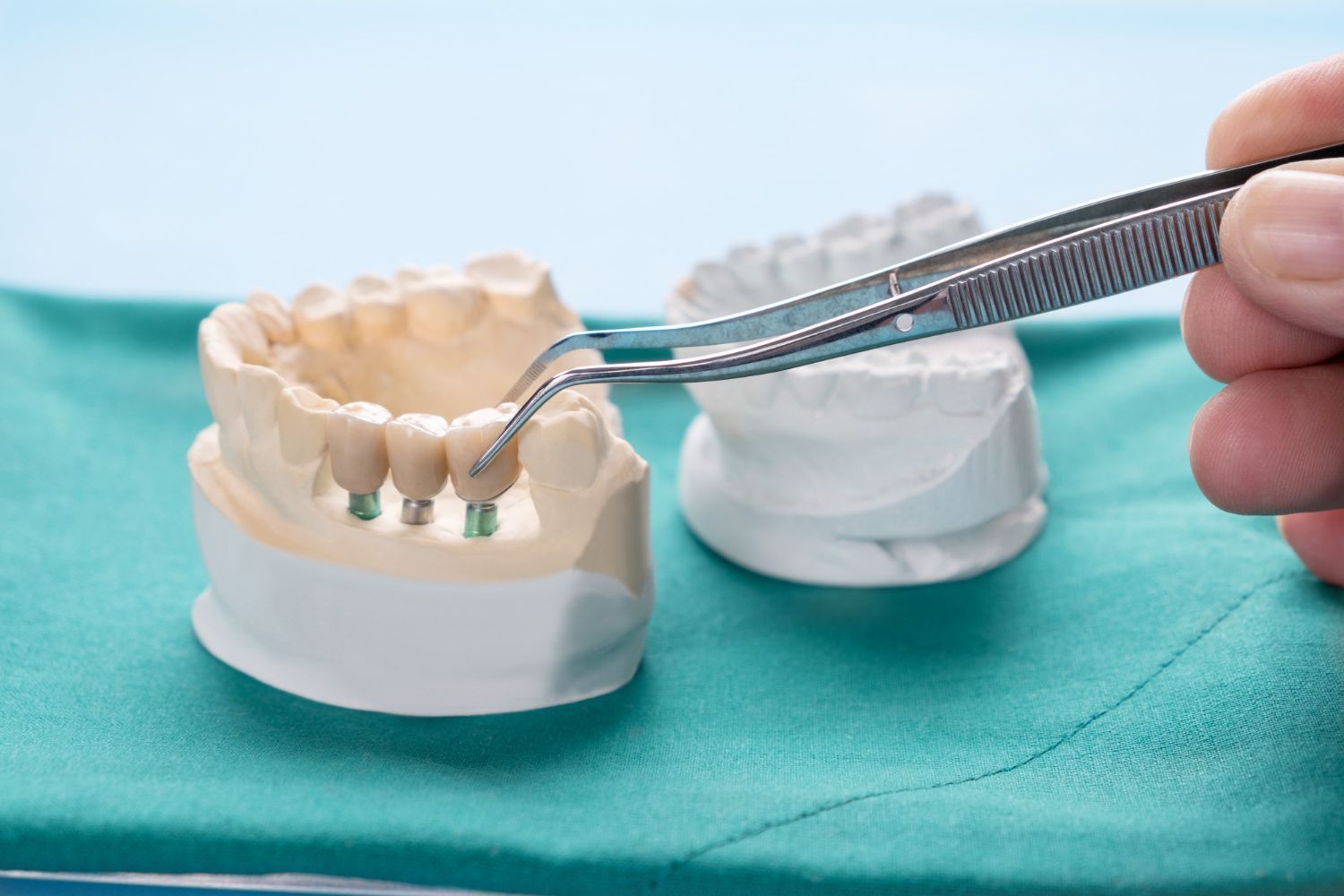Understanding Different Types Of Dental X-Rays And Their Purpose
When it comes to keeping your teeth healthy, brushing and flossing are just part of the routine. One of the best tools dentists use to spot problems early and prevent bigger issues down the road is dental X-rays. These images allow dentists to see what’s going on beneath the surface—things you can’t detect with a mirror and a flashlight.
There are several different types of dental X-rays, each one picking up different details inside the mouth. Some help spot cavities, while others are useful for seeing tooth roots or planning treatments. Understanding what these X-rays do can help ease any nerves and give you more confidence about your dental visits.
Bitewing X-Rays: Catching Cavities Between Teeth
Bitewing X-rays are probably the most well-known type. You’ve likely had them taken if you’ve ever sat in a dental chair with a small piece of plastic between your teeth. These images focus on a specific section of your mouth, usually showing the upper and lower back teeth in detail.
The main reason dentists use bitewing X-rays is to check for cavities that hide between teeth. These spots are tough to see with the naked eye or even through a regular check-up. The X-ray reveals any breakdown in the enamel that may not be causing symptoms yet.
Besides spotting cavities, bitewings also help keep track of how fillings are holding up and whether gum levels have shifted. Dentists usually recommend taking bitewings once a year or sometimes more often, depending on a person’s history with tooth decay.
For example, someone who constantly deals with small cavities might need these X-rays more often than someone who hasn’t had one in years. The goal is to catch dental issues early while they’re still small and easy to treat rather than waiting until there’s pain or visible damage.
Periapical X-Rays: Looking Deep Into Each Tooth
While bitewings focus on parts of the mouth, periapical X-rays zoom in on just one or two teeth at a time. What makes them different is how much detail they show. These X-rays capture the full length of the tooth—from the top (crown) all the way down to the tip of the root and even into the surrounding bone.
Dentists use periapical X-rays when there's pain, swelling, or other symptoms that suggest something deeper is going on. They help identify issues like infections at the root, cysts under the gumline, or problems with previous dental work like root canals. Periapical images are also helpful when tracking a tooth that has been injured or when evaluating certain aching or throbbing that doesn’t have a clear surface cause.
Here are a few situations where periapical X-rays make sense:
1. Persistent tooth pain without visible signs of decay
2. Planning for procedures like root canals or extractions
3. Suspected bone loss linked to gum disease
4. Monitoring dental implants over time
Since this type of X-ray gives a full view of the structure supporting the tooth, it’s easier for dentists to spot early warning signs and create a treatment plan that targets the real problem instead of just masking symptoms.
Panoramic X-Rays: A Complete Picture Of The Jaw
Unlike bitewing or periapical X-rays, which focus on small sections, panoramic X-rays capture a wide-angle shot of your whole mouth. The machine rotates around your head, taking a full image of all the teeth, both jaws, and even parts of the sinuses and jaw joints.
This broad overview lets dentists check things like bone structure, impacted teeth, and overall tooth alignment. It’s especially valuable for big-picture planning. If someone's thinking about braces, implants, dentures, or even wisdom tooth removal, a panoramic X-ray gives a lot of helpful insight.
One big advantage is the ability to see areas that can’t be reached with smaller X-rays. For example, panoramic images often catch problems developing in areas without pain yet, like a wisdom tooth coming in sideways or bone changes from long-term gum disease.
Dentists tend to request panoramic X-rays less often than the other types. They're typically used at major checkpoints like a teen getting braces, an adult needing an implant, or a new patient being evaluated for the first time. It’s a helpful tool when you need more than just a close-up.
Occlusal X-Rays: Checking Tooth Growth and Positions
Occlusal X-rays are less common in everyday cleanings, but they offer a unique angle that other types don’t cover. These images are taken with the film placed flat between the upper or lower teeth while your mouth is gently closed. They show a full arch—either the top or the bottom row of teeth—all in one image.
This type of X-ray is especially useful for looking at how teeth are coming in or assessing spacing issues. For children, it’s often used to track tooth development and make sure adult teeth are moving into place the right way. In adults, it may help uncover extra teeth, jaw fractures, or teeth that haven’t broken through the gums but are still present.
Here are a few examples of how occlusal X-rays can be helpful:
1. Checking for impacted teeth that haven’t erupted
2. Locating jaw cysts or abscesses
3. Looking at tooth alignment when planning orthodontic work
4. Spotting extra or missing teeth
A good example would be a child who lost their baby teeth much later than expected. If the adult teeth don’t seem to be pushing through, an occlusal X-ray can catch whether those teeth are blocked or if they’re growing in at the wrong angle completely. These are details you can’t spot during a regular exam.
While they’re used more in pediatric care, some adults need occlusal X-rays too, especially when unusual pain or swelling shows up without a clear reason. They're one of the tools dentists can reach for when surface exams don't give the full story.
Why Having the Right X-Ray Matters for a Healthy Smile
Each type of dental X-ray plays a different role, and together they help build a much clearer picture of your overall oral health. Bitewings catch early cavities hiding between teeth. Periapical X-rays go deeper to look at roots and surrounding bone. Panoramic scans give a wide view for planning bigger treatments. Occlusal X-rays focus on structure and how everything fits together.
Staying up-to-date with dental visits in Lynn isn’t just about cleanings or polish. It’s about making sure nothing gets missed. X-rays help catch problems before they turn into something painful or harder to fix. That’s why dentists use them as part of your regular care, based on age, dental history, and any new symptoms.
Some people worry about having X-rays taken, especially when they’re not in pain or haven’t had previous issues. But many dental conditions like early decay, infections, or bone changes show no signs until they’ve gotten worse. These scans add an extra layer of protection, letting dentists catch concerns before they become serious.
Regular checkups that include the right kind of imaging, even just once a year or two, can make a big difference. Waiting until you feel a toothache usually means the problem has already grown. Getting ahead with early X-rays gives your dentist the chance to treat little surprises before they turn into big ones.
A dentist in Lynn will always make imaging part of your personalized dental plan. Kids may need X-rays more often while their teeth are developing, while adults with healthy mouths might skip scans more often. No matter what stage of life you're in, keeping tabs on your teeth with the right images helps keep your care easy and your smile strong. When you understand what each X-ray does, it’s easier to feel relaxed and prepared during each visit. That kind of comfort helps you stick to the habits that keep your teeth feeling great for years to come.
Knowing which dental X-rays you need and when can make all the difference in maintaining a healthy mouth. Whether you're tracking tooth growth, catching cavities early, or planning for orthodontics, regular X-rays are a key part of your dental care. If you're looking for a
dentist in Lynn who understands how to tailor your care with the right imaging and personalized treatment, Seaport Family Dentistry is here to help keep your smile strong and bright.

